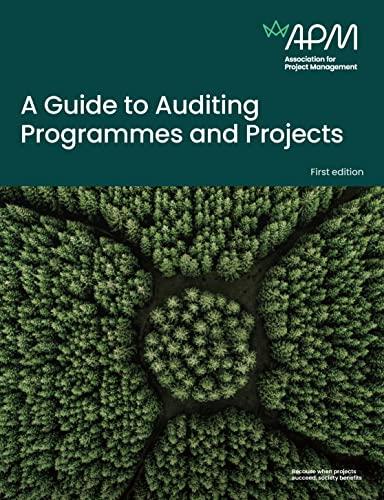6) George Manufacturing had net income of $150,000 and declared preferred dividends of $10,000 during the current year. George began the year with 11,000 common shares outstandingIt issued 60,000 shares on June 30 and repurchased 6,000 of the newly issued shares on November 1. Compute George's basic EPS for the year. (Round your answer to the nearest cent) A) $3.75 B) $12.73 C) $3.50 D) $3.41 7) Charlotte Engineering reported net income of $400,000 for the year. It declared $30,000 in preferred dividends on December 23 . It began the year with 100,000 common shares outstanding. On July 1, Charlotte declared a 5% common stock dividend. Compute the basic EPS for the year. (Round your answer to the nearest cent.) A) $3.52 B) $3.70 C) $3.89 D) $3.61 8) Edmond Biometrics reported net income of $200,000 for both last year and the current year. The shares outstanding for the prior year were 100,000 shares for the whole year. On December 1 of the current year. Edmond declared a two for one stock split. There were no other stock transactions in either year. Compute the EPS that would be shown on a comparative income statement for Years 1 and 2 . (Round your answer to the nearest cent.) A) Year 1$2.00; Year 2$1.00 B) Year 1$1.00 : Year 2$1.00 C) Year 1$2.00; Year 2$1.33 D) Year 1$2.00, Year 2$0.80 9) When applying the if-converted assumption for potentially dilutive securities, conversions are assumed to occur at the A) end of the prior year for hypothetical conversions B) beginning of the year for hypothetical conversions D) beginning of the current year or on the issue date of the dilutive security if issued during the C) middle of the current year for actual conversions current year 10) A company with convertible bonds outstanding will need to adjust the denominator of the diluted EPS equation. If the bonds are outstanding all year, the adjustment will consist of the A) number of bonds in the debt issue B) conversion ratio times the number of bonds outstanding net of taxes C) conversion ratio times the number of bonds outstanding D) number of bonds issued during the current year 6) George Manufacturing had net income of $150,000 and declared preferred dividends of $10,000 during the current year. George began the year with 11,000 common shares outstandingIt issued 60,000 shares on June 30 and repurchased 6,000 of the newly issued shares on November 1. Compute George's basic EPS for the year. (Round your answer to the nearest cent) A) $3.75 B) $12.73 C) $3.50 D) $3.41 7) Charlotte Engineering reported net income of $400,000 for the year. It declared $30,000 in preferred dividends on December 23 . It began the year with 100,000 common shares outstanding. On July 1, Charlotte declared a 5% common stock dividend. Compute the basic EPS for the year. (Round your answer to the nearest cent.) A) $3.52 B) $3.70 C) $3.89 D) $3.61 8) Edmond Biometrics reported net income of $200,000 for both last year and the current year. The shares outstanding for the prior year were 100,000 shares for the whole year. On December 1 of the current year. Edmond declared a two for one stock split. There were no other stock transactions in either year. Compute the EPS that would be shown on a comparative income statement for Years 1 and 2 . (Round your answer to the nearest cent.) A) Year 1$2.00; Year 2$1.00 B) Year 1$1.00 : Year 2$1.00 C) Year 1$2.00; Year 2$1.33 D) Year 1$2.00, Year 2$0.80 9) When applying the if-converted assumption for potentially dilutive securities, conversions are assumed to occur at the A) end of the prior year for hypothetical conversions B) beginning of the year for hypothetical conversions D) beginning of the current year or on the issue date of the dilutive security if issued during the C) middle of the current year for actual conversions current year 10) A company with convertible bonds outstanding will need to adjust the denominator of the diluted EPS equation. If the bonds are outstanding all year, the adjustment will consist of the A) number of bonds in the debt issue B) conversion ratio times the number of bonds outstanding net of taxes C) conversion ratio times the number of bonds outstanding D) number of bonds issued during the current year







